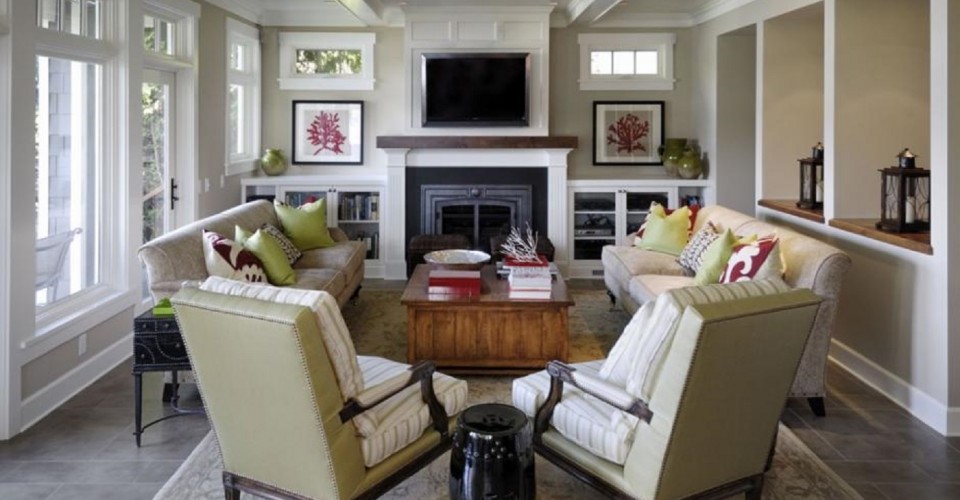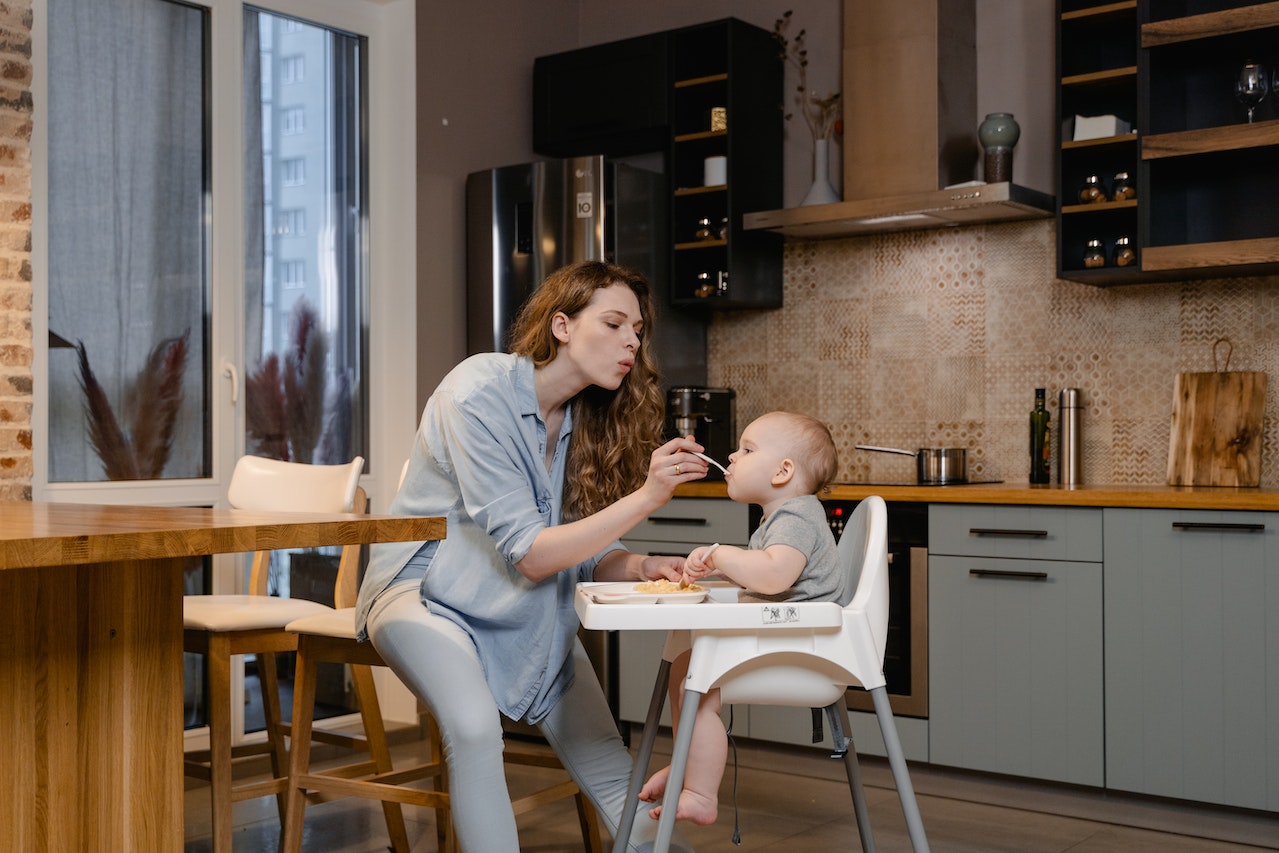An interior designer is hired to create your ideal home space. Sometimes they are hired for specific projects, like creating a home theater or remodeling a kitchen. Sometimes they are hired as part of a complete home remodel or new home construction, and will work closely with the architect or builder. Even if you have a good eye for design, hiring a professional to help you furnish and design your home will make it much easier if you have an aversion to picking paint colors or just can’t make up your mind when it comes to patterns, fabrics, and style. A DIY design project can be costly and full of mistakes, so save yourself the havoc by finding the right designer for you and your home. If you have trouble articulating your desired look, consider the following tips for hiring a designer who can turn your visions into a reality.
1. Know your style
Doing a little preparation before beginning work with your interior designer will save you money and time. Collecting ideas and pictures of looks, colors, furniture, and accessories that resonate with you will help layout your overall style goal. Gathering ideas before you meet with your designer will make sure that you have your personal taste in line, which the designer can take from and transform into something bigger and better. Deciding your look and planning ahead will also help you find the right designer for your project and home. Some homeowners fall in love with a style they’ve seen in person, like a favorite hotel, set design or a friend’s home. Other homeowners may have adjectives to describe their style. Whatever your style is, having photos is important so that your dreams are translated into reality. Match your desired redesign to previous projects that a professional has done by asking friends, neighbors or browsing projects on Porch.
2. Check credentials
Before you choose an interior designer, one of the first steps should be to make sure he or she is a qualified professional. This means that the professional should be able to provide proof of being licensed, bonded, and insured. (Because each state has different rules and regulations for licensing, bonding and insurance, check what your state’s requirements are as well as the dollar amount.) Your interior designer will be leading the overall design of your home and will be in and out of your house as well as in constant contact with you, so having someone who is certified and reliable is crucial. This is especially important if you plan on hiring this professional for a large-scale project like a major renovation or new home construction. Interior designers often subcontract out work so you should ask for references from previous clients and understand the capabilities of the professional.
3. Create a budget
When hiring an interior designer you’ll want to have a clear understanding of how they are paid. Some designers like to be paid an hourly fee and may charge extra for purchasing services such as looking and buying products for you. There are some designers who do not offer their purchasing services, while others may charge a flat fee or require an upfront retainer fee. When setting your budget for your project, consider how much money you are willing to put into the project. When talking with different interior design professionals, don’t hesitate to ask questions to clarify how they plan on spending your money. Most often you will be wanting to have the best design with the least amount of money spent. A designer who is honest and trustworthy will make sure to not overspend or go over your designated budget. Your hired professional should also be upfront with you on pricing by letting you know when something is outside of your budget.
4. Be honest and open
When deciding which designer is the best fit for your project, remember to be clear and honest with what your likes and dislikes are. If you find that a professional has all these ideas for your home that don’t match your personal style, don’t let them push the concept down your throat or change your mind. You will be the one spending everyday in the outcome of the design, so make sure your ideas are within the realm of your designer. On the other hand, realize that you’re hiring an expert for a reason. Even if you automatically don’t like an idea that is presented, be open to the possibility and hear your professional out. An interior designer is a trained and skilled professional who will know current trends in design and products that you may not be aware of. Communicating regularly is the best way to head off issues before they begin and ensure that your interior design project is on track.
5. Verify their availability
Because your home is one of your top priorities, you want your interior designer to act like they feel the same. Talk with different designers regarding their schedule and when they will have the most available time to put 100% effort into a project. If you find that the one professional who matched your desired style the most is also the one most unavailable to provide service, decide if you’re willing to limit some aspects of your project to fit into the designers schedule. If your professional is too busy and distracted, it will show in the outcome of your project. Some interior designers have assistants to help coordinate projects and keep the designers billing and schedule on target. Make sure that you understand how much you will be working directly with the designer as opposed to working with the assistants. A mark of a high-quality interior designer is one who is organized and shares an awareness of your goals.
An interior design project can complete the look of your home by adding style and comfort, while also relieving you of stress by hiring an interior designer to take care of the work for you. It’s important to talk with your professional and explain what you want, what you can spend, and about how much time will it take. When you have figured out your plan of action, start your search for an interior designer on Porch.
Top Image Credit: Graciela Rutkowski Interiors




